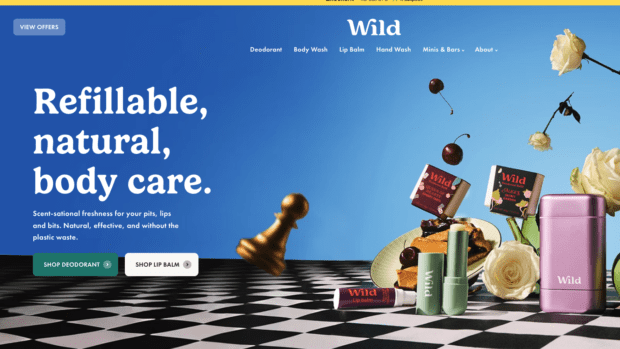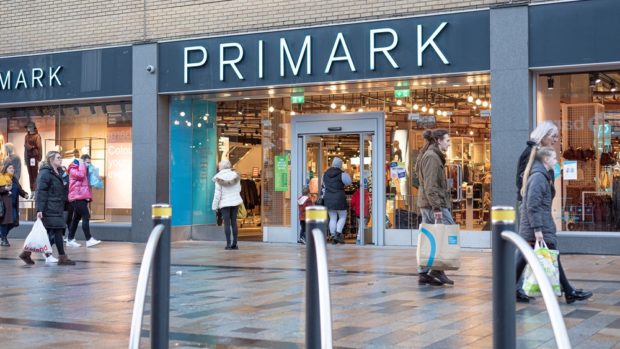Tony Preedy, managing director Fruugo:
Preparation for 2023 is well underway in the retail industry, as businesses set their sights on a new trading year which will offer fresh and exciting opportunities to grow on a local and global scale. However, for all the new opportunities that may arise, the challenges that retailers have encountered in 2022 look set to remain. The Autumn Forecast from EY ITEM Club predicts the UK economy to be in recession until the middle of 2023, shrinking by around 0.2 per cent each quarter until June, whilst inflation is set to average at 5.5 per cent throughout the year – 3.5 per cent above Bank of England’s target.
As part of their 2023 preparations, retailers will need to factor in the unpredictability of the current retail climate, and the rising pressures faced with high inflation and the cost-of-living crisis.
During this continued period of high inflation, businesses are going to have to make trade-offs between short-term profit and long-term growth, so it’s vital for them to analyse their data closely. Important metrics to review are the costs of customer acquisition and customer lifetime value. High-growth online retailers that have been over-focused on customer acquisition will have to pivot to customer activation to drive repeat order rates. Customers will buy again if they are contacted with timely, relevant, personal communications, and experience service that delights, so retailers must be more mindful of this when reassessing their business models.
Inevitably, rising costs are likely to cause retailers to increase their prices in the short to medium term. Digital retailers can be highly agile in how they price to optimise how they sell through their inventory, and they can also be savvy about how they target discounts to prompt a purchase. However, indiscriminate use of discounting to drive volume is likely to be ruinous: very few businesses properly calculate the impact on gross margin of reduced prices and the massive growth in units required to keep income stable, never mind growing.
To help tackle the predicted economic turbulence in 2023, many retailers may consider cutting marketing spend. However, this is a strategy that retailers should avoid.
Cutting marketing provides short-term profit and loss (P&L) gain, but it will also bring with it significant medium-term pain. While brick-and-mortar retailers can, to an extent, rely on passing footfall for business, online-only retailers need to work hard to generate their traffic. They are therefore particularly sensitive to changes in marketing spend. Another consideration is that many home shopping businesses have relatively high fixed costs which makes them highly sensitive to economies of scale; relatively small changes in volumes can have very large bottom-line impact in either direction.
Overall, sales volumes for any brand are a function of mental and physical availability – being present really matters, so reducing marketing spend is one strategy that organisations should try to avoid.
Instead, retailers should look to leverage existing assets such as infrastructure and inventory by expanding their reach to a global scale. Basically, to sell more, businesses will need to grow the audience looking at their products by selling to international customers as well as local ones. This strategy can be a highly effective defence against falling local demand, which may be expected by UK businesses in 2023 due to the high inflation rates. To help with this, cross-border-centric marketplaces massively simplify execution of an international growth strategy.








Share